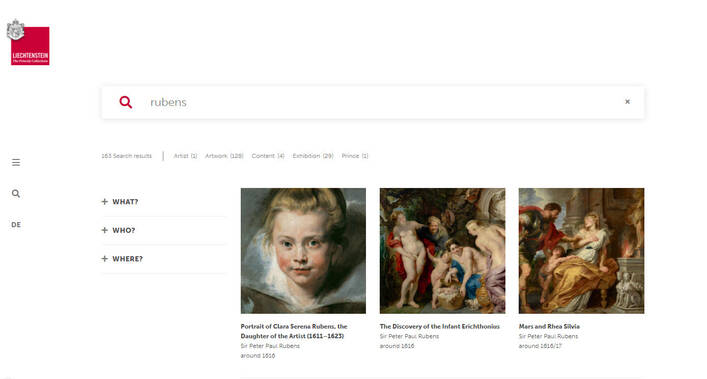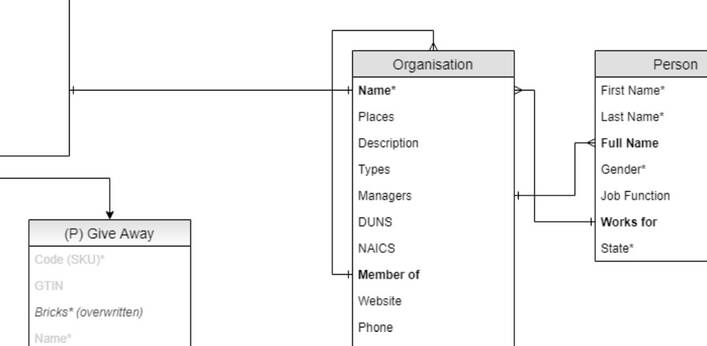By Philip Axmann • Nov 14, 2022
Headless isn't just for the horseman anymore — it's becoming more popular with content management systems as well. Customer experiences today are uniquely tailored to individual personas, customer journeys, and interest groups, meaning that the content and its distribution needs to be tailored and focused that way.
Often the biggest challenge to providing a unique customer experience lies in the fact that the MarTech systems being used are too complex and don't provide easy content delivery or distribution. Headless architecture gives flexibility for tailoring your content and creating these unique experiences. In a headless environment, components and systems can be replaced, so each contributing system only provides what it needs in a highly structured way.

Imagine this: You create your visuals and text in one system and then distribute it to your shop, Instagram, website, sales quoting system, and your internal sales playbook with one click - the same original content delivered in the correct format. A headless DAM can do this for you. Now continue with thought and imagine you have to update the text slightly and you do it once, and then it is updated in all connected systems. Sounds like heaven? It is called Headless Digital Asset Management.
What Is a Headless Digital Asset Management System?
A headless digital asset management (DAM) system separates the library of master assets, usually limited to one interface, and allows them to be shared with other systems and interfaces. It essentially dissociates the management and the consumption of assets, allowing them to be used across multiple platforms.
This means a marketer can easily target, engage, convert, and retarget across the web, email, social media, and print media. Products can be sold through different channels, such as laptops and mobile devices, without having to build different websites.
By separating the management and the consumption of your assets, a marketer can repurpose content with ease and control any configurations that need to change.
Do it once and do it right!
How Does Headless DAM Differentiate From Headless CMS?
A headless content management system (CMS) is built on a concept that enables an individual to create channel-independent content elements. This means that a person can create the text, media, links, etc., independent of each other and "mix and match" them to create content. The creation of the content, as well as the approval process, is the predominant focus, and the storage and management of the digital asset are considered just that — management. The asset doesn't have its lifecycle, metadata, and other components.
With a headless DAM system, an API is being provided to every element in the system, every content item, every permission, and every workflow step. The DAM verifies that content is tagged, classified, permitted, and organized in a structured way, often using business rule automation or AI tagging. The DAM ensures that no matter who adds the content, the same rules are always followed, which ensures content governance following company guidelines. The DAM's image optimization features ensure that all content items are optimized for any and all corresponding channels and devices.
- WebP for Websites
- Horizontal with product in focus using focal points
- Vertical with product in focus using focal points
- Grey background in e-commerce shops
- Corporate colored background for webshop
- High Res original for designers
- .....
And all images with the exact and correct product information and description, and license details.
Should I Adopt a Headless DAM?
There are numerous advantages and benefits to adopting headless DAMs in the business world:
- DAMs allow you to create custom user interfaces (UI) like portals
- You can streamline your workflows.
- You can enforce your guidelines.
- You can share data across platforms.
- You have greater agility to changing business needs
- You can easily replace one technology in your stack without changing all (as it would be in a one-fits-all solution).
- Developers can integrate your specific requirements when programming and integrating with other systems.
The possibilities with headless DAMs are endless. A headless DAM can take your complex technology and multiple systems (PIM, CMS, Shops, Sales Enablement, etc.) and simplify the distribution. It can open a new world that allows multiple teams to publish content according to the business's rules and create flexibility with your custom workflows.
Creating a truly headless experience can put your business ahead of the competition, and with proper implementation, your business can thrive. Some success factors you should consider when looking for a headless DAM include the following:
- Technology: Use API-first systems. When API is an afterthought, your integrations will suffer.
- Implementation partners: Do you have the right network and resources to build everything? If not, does your DAM provider have them?
- Processes and guidelines around the systems: Individual tasks and group workshops are not a process but a situation.
- Change management and user adoption: Prepare that you are not finished. You and your DAM have a relationship, and that requires constant engagement.
If your organization is ready to upgrade systems and technologies, it may be time to learn more about how a headless DAM can support your business. Picturepark's experts can walk you through how a headless DAM can support your initiative.
Read More

AI-Powered Content Management

How Automated Data Software Can Help You Expand Your Business

6 Trends in Data Management for 2022

Overwhelmed by Digital Transformation?

Exhibitions and Collections Online

Organize Marketing Text Snippets with Picturepark & DeepL

Automated Localization for Product Data

FOFA: Information Architecture & Modelling for Specific Use-Cases

Fast and Free: How to Build Your Own AI Taxonomy



